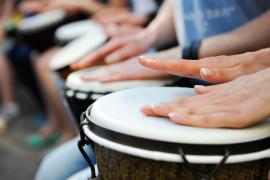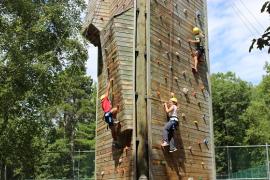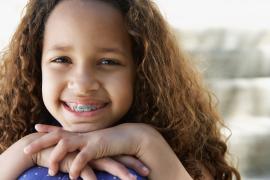Exposure to adverse childhood events (ACE) can lead children to drinking alcohol, smoking, illicit drug use, overeating, and other maladaptive behaviors (Stevens, 2015). These children can experience depression, anxiety, and a variety of other psychological problems. In 2013, the Center for Disease Control reported 17% of students considered attempting suicide and 113 actual suicides occurred each day (one every thirteen minutes). What does this say about the current child life experience? We must consider what is different about this population than previous years.
New information identifies that children can experience an ACE just by a “bystander effect.” This means a child does not have to be the direct victim of violence, but can witness violence (verbal, physical, emotional) and have the experience “stay with them”. This bystander effect is compounded by the fact that peers may laugh and sneer at another individual being victimized and also videotape the event to share on the internet for other “bystanders” to see (Giler, 2016). Situations such as than can be more harmful than in previous generations where exposure was not so rampant.
Exposure to violence causes toxic stress. Physiologically, toxic stress damages the prefrontal cortex which is responsible for impulse control, planning, and thinking (Duffee, 2015). Children may not be able to logically process an observed experience, manage their impulse to lash out, or plan effective coping strategies. Through interventions, such as camp, we have an opportunity to change this toxic stress into tolerable stress.
Simonton (2016) talks specifically about a method that can help to mitigate stress – Service Learning. Camp is a great place to do this. Service learning is an act of giving and receiving and doing the work to understand one’s gifts. By thinking about others, we marginalize the focus on “self” and personal stress. Service learning creates empowerment by improving the life of another individual and receiving positive feedback regarding the work completed. Consider ways to allow campers to serve one another – making beds, serving food, cleaning up camp areas, and others. These activities can foster competence, allow staff to express love and gratitude, and help young individuals gain self-esteem. Children can experience the joy of learning leadership and communication while decreasing toxic stress (Simonton, 2016).
No matter where or what children have been through, we can deepen their social and emotional growth in a camp experience. Healthy camp programs can embrace, empower, and change lives by showing the youth of today how to endure and grow.
References
Giler, Ray (2016). The bystander effect. Youth Today 25 (1), 9-11.
Duffee, James (2015). Screening for poverty and stress policy statement. Pediatrics.
Simonton, Stell (2016). Service learning in the summer: Youth can widen knowledge, develop new skills. Youth Today 25(2), 12-15.
Stevens, Jane (2015). Trauma-informed groups serve clients better. Youth Today 25 (1), 5.




